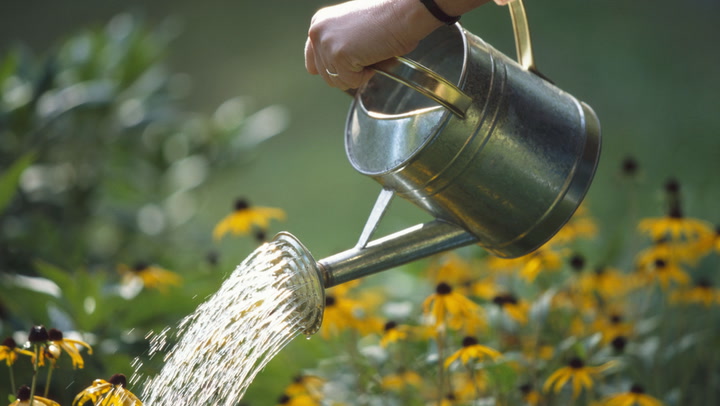Watering your garden correctly is more than just a routine task; it’s about understanding the needs of your plants and the conditions in which they thrive. An efficient watering routine not only ensures healthy growth but also conserves water and saves you time and money. Here’s how to approach watering your garden throughout the different seasons.
Adjusting Your Watering Strategy by Season
Watering needs can change dramatically from one season to another. During spring, as temperatures rise and plants begin to grow actively, it’s important to increase watering gradually. However, over-watering can be just as harmful as not watering enough. Early morning watering is ideal during spring, as it allows moisture to reach the roots without evaporating too quickly.
In summer, the sun is stronger, and plants lose water more rapidly. Water deeply and less frequently to encourage roots to grow downwards, making them more drought-resistant. Consider using garden watering systems in the UK that are designed to help distribute water evenly and efficiently, especially during dry spells. These systems can save time and prevent water waste by delivering just the right amount where it’s needed most.
Autumn brings cooler temperatures and often more rainfall, so it’s a good time to reduce watering frequency. However, keep an eye on weather patterns; unexpected dry spells can still occur. In winter, most plants require minimal watering, particularly if they are dormant. Water only when the soil is dry to the touch, and try to water in the morning to prevent water from freezing overnight.
Choose the Right Time to Water
The timing of watering plays a crucial role in its effectiveness. Watering early in the morning is generally best, as it allows plants to absorb moisture before the day’s heat causes evaporation. This also helps to prevent the growth of fungal diseases that can occur when leaves remain wet overnight.
If morning watering is not possible, the next best time is late afternoon or early evening. However, avoid watering too late in the evening, as this can leave plants damp overnight, which may encourage disease. Observing how your garden responds to watering at different times can help you find the optimal routine for your specific conditions.
Use Efficient Watering Techniques
Using the right watering techniques can make a big difference in water usage and plant health. One effective approach is to water slowly and deeply, allowing water to penetrate the soil and reach the root zone. Shallow watering tends to encourage shallow roots, making plants more vulnerable to drought.
Consider incorporating mulching into your garden care routine. A layer of organic mulch, such as bark chips or compost, helps to retain soil moisture by reducing evaporation. It also improves soil structure and adds nutrients, which benefits plant health. Using a soaker hose or drip irrigation system can also help deliver water directly to the roots, minimising waste and keeping foliage dry.
Make the Most of Rainwater
Rainwater is a valuable resource that can significantly reduce your reliance on mains water for garden use. Installing a rainwater harvesting system, such as water butts or rain barrels, allows you to collect and store rainwater for dry periods. This method is not only sustainable but also cost-effective, as rainwater is free and often better for plants due to its natural pH balance and lack of chemicals.
During periods of heavy rainfall, redirecting rainwater to garden beds through rain chains or simple landscaping adjustments can help ensure your plants make the most of nature’s bounty. By managing rainwater effectively, you can keep your garden thriving even when weather conditions fluctuate.
Keep an Eye on the Weather
Paying attention to the weather forecast is an easy way to adjust your watering schedule effectively. If rain is predicted, hold off on watering to avoid over-saturating the soil. Similarly, during hot, dry spells, you may need to increase your watering frequency or duration to compensate for the faster evaporation rate.
By staying informed and adapting to the changing weather, you can create a flexible watering plan that meets your garden’s needs year-round. Remember, efficient watering is not about sticking to a rigid schedule but about being responsive to the environment and your garden’s unique requirements.
Read Next: How to Create a Low-Maintenance Garden




